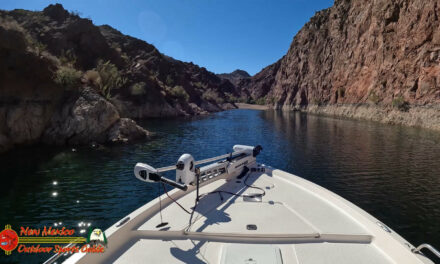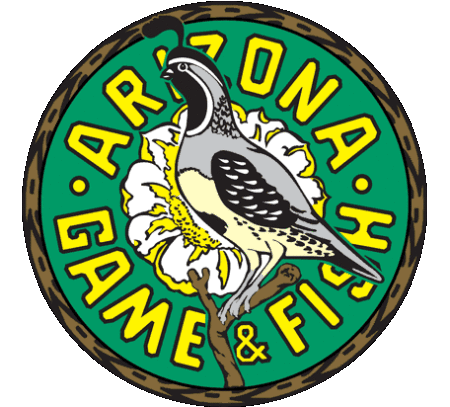Lake Livingston Bass Fishing Report April 1996 – Lake Mohave
BLACK BASS
Many of the bass here have spawned. The last two weeks of March were real hot for spawning bass. Creek backs and rocky shorelines held spawners. Those fish have not left those areas at all in fact many of the fish were in those exact areas to begin with. Livingston is definately one unique lake when it comes to black bass migrations. The bigger bass over four pounds have a more distinct migration than the smaller bass. Livingston is without a doubt a lake that you can number os bass shallow under any condition in any season.
The Carolina Rig is being fished a little more every year on Livingston. Fishing for black bass after their spawn can be tricky. Initially the female bass are sore and not ready to feed, they are in a lull state. Using their side fins as “kickstands” they prop themselves up on the bottom and just sit there for a few days and heal up from the spawn. The Carolina Rig set up with one of Top Brass new Finesse Carolina Kits and a weenie worm or french fry will entice the moody females to bite. Since the bass spawn is intermittant through February, March, and April their is always fish in the “lull” state that I am talking referring to.
WHITE BASS
The white bass made their usual run up the creeks at the beginning of March and then turned right around after a few days and headed back to the river. They got up into the backs of the creeks ready to spawn but the water was low with no current. Since we had no rain the creeks had no running water, a necessity for a white bass spawn. At the time of this writing their have not been any white bass being consistently caught day after day anywhere which is usually the norm this time of year. I cleaned twenty four on March 24 th and females were still full of eggs, but the eggs were not that pretty gold/yellow color that they are at the beginning of the run. These eggs were not held together by the clear membrane that surrounds them and there were no red veins surrounding the egg sacks. They appeared to me that the eggs were overdue and soon to be discharged freely. So we may not get a white bass spawn at all this year. I am not a fisheries biologist by any means but I see enough fish and clean enough of them that I can put two and two together and give a pretty logical assumption. Mother Nature has her ways some of which we do not understand but maybe she knows what she is doing by not giving us our normal average rainfall this year. We’ll see.
Bill Cannan Professional Fishing Guide – Lake Mohave
Read More




